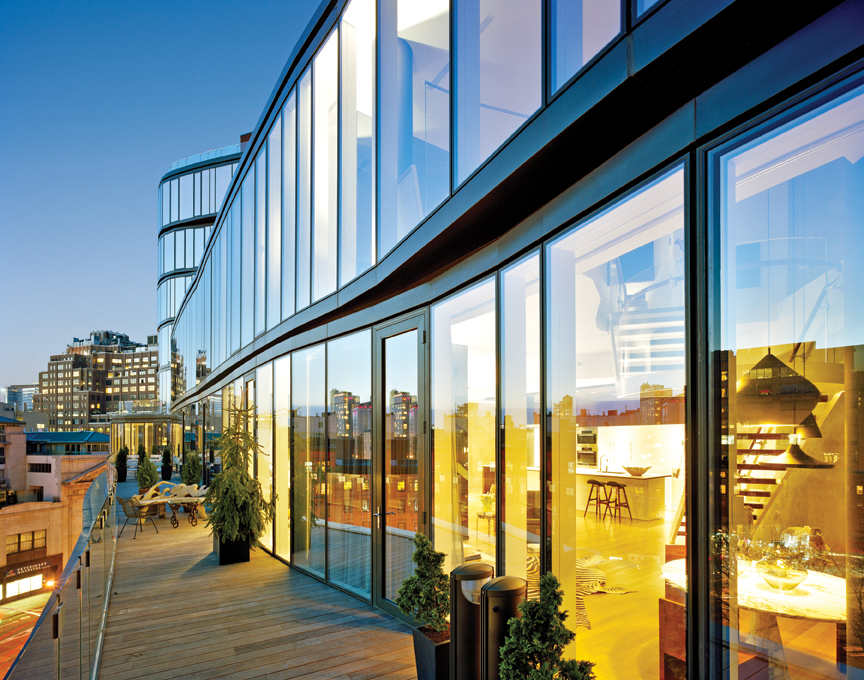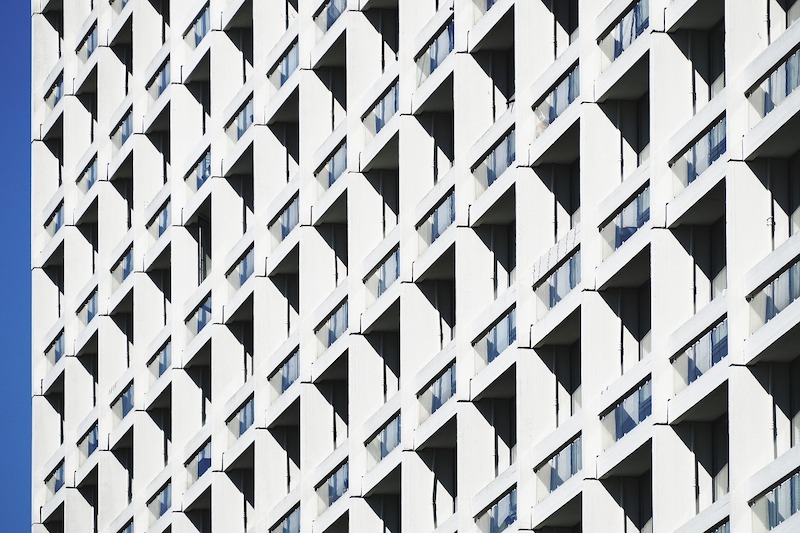After more than nine consecutive years of steady growth, proposal activity in the U.S. Multifamily Housing market flattened in the 1st Quarter amid the COVID-19 crisis. The Quarterly Market Forecast (QMF) survey of architecture, engineering and construction (A/E/C) firms reported the first negative result for Multifamily since the 3rd Quarter of 2010.
Multifamily has consistently been one of the strongest performers among 58 submarkets measured in PSMJ Resources’ quarterly survey. This includes the 4th Quarter of 2019 when Multifamily’s Net Plus/Minus Index (NPMI) of 54% was the highest among all submarkets. Its NPMI slid to -2% in the 1st Quarter of 2020, as the percentage of respondents reporting a quarter-to-quarter decrease in proposal activity climbed from 4% to 31%.
PSMJ’s NPMI expresses the difference between the percentage of firms reporting an increase in proposal activity and those reporting a decrease over the three-month period. A consistent group of over 300 A/E/C firm leaders participate regularly, with 288 contributing to the most recent survey. It was conducted from March 24-30.

Despite the drop into the negative, Multifamily held up far better than three other Housing submarkets – Single-Family Properties (-31%), Single-Family Developments (-28%) and Condominiums (-28%) were among the 12 poorest-performing submarkets in the 1st Quarter.
Prior to this crisis, the consensus among industry economists and experts was that Multifamily would stay strong in 2020, albeit with some challenges to face. National vacancy rates were creeping up and much of the supply deficit had been filled. Nonetheless, significant amounts of investment money remained available and demand persisted in varying levels regionally. The fact that Multifamily proposal activity wasn’t as negatively impacted in the 1st Quarter as other Housing submarkets were, even with the COVID-19 crisis beginning to affect the market in March, suggests that it could recover comparatively quickly and seamlessly when and where restrictions are eased.
PSMJ Senior Principal David Burstein, P.E., AECPM, said he expects all housing markets to rebound after the health crisis passes and the record-low interest rates endure. “Pent up demand should make its presence felt by the end of the 3rd Quarter, and even more so in the 4th Quarter, especially if we see movement on an infrastructure bill.”
Multifamily’s performance in the QMF reinforces how consistently lucrative the sector has been for nearly a decade. After recording an NPMI of -5% in the 3rd Quarter of 2010, the Multifamily submarket experienced four consecutive quarters with a respectable NPMI between 20% and 26%. It jumped to a healthy 44% in the 4th Quarter of 2012 and remained at or above 42% for the next 28 quarters, all the way through 2019.
For the 4th Quarter of 2019, 58% of respondents said that proposal opportunities had increased in the Multifamily market, with only 4% reporting a decrease. For the 1st Quarter of 2020, increases were halved to 29%, compared with 31% that saw a drop in proposal activity.
Consulting and publishing firm PSMJ Resources, Inc., has been conducting the QMF survey each quarter since 2003. You can find more information at https://www.psmj.com/surveys/quarterly-market-forecast-2.
Related Stories
| Aug 11, 2010
And the world's tallest building is…
At more than 2,600 feet high, the Burj Dubai (right) can still lay claim to the title of world's tallest building—although like all other super-tall buildings, its exact height will have to be recalculated now that the Council on Tall Buildings and Urban Habitat (CTBUH) announced a change to its height criteria.
| Aug 11, 2010
Luxury high-rise meets major milestone
A topping off ceremony was held in late October for 400 Fifth Avenue, a 57,000-sf high-rise that includes a 214-room luxury hotel and 190 high-end residential condominiums. Developed by Bizzi & Partners Development and designed by Gwathmey Siegel & Associates Architects, the 60-story tower in midtown Manhattan sits atop a smaller-scale 10-story base, which creates a street façade t...
| Aug 11, 2010
Mixed-use Seattle high-rise earns LEED Gold
Seattle’s 2201 Westlake development became the city’s first mixed-use and high-rise residential project to earn LEED Gold. Located in Seattle’s South Lake Union neighborhood, the newly completed 450,000-sf complex includes 300,000 sf of Class A office space, 135 luxury condominiums (known as Enso), and 25,000 sf of retail space.
| Aug 11, 2010
Triangular tower targets travelers
Chicago-based Goettsch Partners is designing a new mixed-use high-rise for the Chinese city of Dalian, located on the Yellow Sea coast. Developed by Hong Kong-based China Resources Land Limited, the tower will have almost 1.1 million sf, which includes a 377-room Grand Hyatt hotel, 84 apartments, three restaurants, banquet space, and a spa and fitness center.
| Aug 11, 2010
Brooklyn's tallest building reaches 514 feet
With the Brooklyner now topped off, the 514-foot-high apartment tower is Brooklyn's tallest building. Designed by New York-based Gerner Kronick + Valcarcel Architects and developed by The Clarett Group, the soaring 51-story tower is constructed of cast-in-place concrete and clad with window walls and decorative metal panels.
| Aug 11, 2010
RMJM unveils design details for $1B green development in Turkey
RMJM has unveiled the design for the $1 billion Varyap Meridian development it is master planning in Istanbul, Turkey's Atasehir district, a new residential and business district. Set on a highly visible site that features panoramic views stretching from the Bosporus Strait in the west to the Sea of Marmara to the south, the 372,000-square-meter development includes a 60-story tower, 1,500 resi...
| Aug 11, 2010
'Feebate' program to reward green buildings in Portland, Ore.
Officials in Portland, Ore., have proposed a green building incentive program that would be the first of its kind in the U.S. Under the program, new commercial buildings, 20,000 sf or larger, that meet Oregon's state building code would be assessed a fee by the city of up to $3.46/sf. The fee would be waived for buildings that achieve LEED Silver certification from the U.
| Aug 11, 2010
Colonnade fixes setback problem in Brooklyn condo project
The New York firm Scarano Architects was brought in by the developers of Olive Park condominiums in the Williamsburg section of Brooklyn to bring the facility up to code after frame out was completed. The architects designed colonnades along the building's perimeter to create the 15-foot setback required by the New York City Planning Commission.
| Aug 11, 2010
U.S. firm designing massive Taiwan project
MulvannyG2 Architecture is designing one of Taipei, Taiwan's largest urban redevelopment projects. The Bellevue, Wash., firm is working with developer The Global Team Group to create Aquapearl, a mixed-use complex that's part of the Taipei government's "Good Looking Taipei 2010" initiative to spur redevelopment of the city's Songjian District.
| Aug 11, 2010
Recycled Pavers Elevate Rooftop Patio
The new three-story building at 3015 16th Street in Minot, N.D., houses the headquarters of building owner Investors Real Estate Trust (IRET), as well as ground-floor retail space and 71 rental apartments. The 215,000-sf mixed-use building occupies most of the small site, while parking takes up the remainder.







